We already mentioned that cable locks should only be used for accessories. But, there are other styles of accessory locks available as well. Doubling up on locks can really help increase your bike security, so adding an accessory lock is highly recommended. Ease of use and weight are typically the biggest factors when considering a secondary accessory lock.
More secure than it sounds, zip locks are quick to use and very lightweight locks designed like a re-usable zip tie. They are typically combination locks with a wire-core. They won’t stand up for long to anything more powerful than kitchen shears, but can help keep your accessories safer and slow down a thief.
Cinch locks, like those from OTTOLOCK, are lightweight accessory locks that can coil up to a very small, lightweight bundle. They are about the same security level as a cable lock, but because they coil, may be easier to carry.
Disc brake are typically seen more on motorcycles, but can be effective as an added security measure on your bicycle (especially electric bicycle) as well. The lock passes a pin through the disc brake on your bike which prevents the wheel from turning. Although the bike can be picked up and thrown in the back of a van, it can’t easily be ridden away. Some disc brake locks also have alarms.
Quick releases may make it easier to change your tire when you get a flat, but it also makes it so much easier for thieves to snag your wheels. Consider replacing your quick releases with anti-theft skewers if you are leaving your bike unattended in public areas. Thieves love to snag wheels to help make “franken” bikes… piecing together different parts so the bike is harder to identify.
Similar to Disc Brake locks, handle bar locks lock onto your handle bars to prevent the bike from being ridden away. Some have alarms built in as well. While they are not sufficient for protecting your frame, they are easy to use and are just one more layer that a thief would need to work through, so can be a good deterrent.
All bike locks come with a key or combination function which lets the user lock and unlock them. You will find all the different standards of locks using each of these. Which is the right for you?
When you buy a key lock, you will find they come with two keys or more. We highly recommend having one on your keyring or in your purse or wallet, so it is always on you. Then the second, we would typically suggest storing at home in case you lose the lock you have with you. This is more secure than a combination lock, as you need your unique key for it to work, but it does run the risk of losing your key and not being able to unlock your own bike.
Your key will also most likely come with a unique key serial number. Be sure to write it down in case you ever loose the keys to your lock. You’ll be able to contact the manufacturer to get a replacement if you have the key number.
Some lock styles have a “click to lock” feature, so they only require the key to unlock which can save time finding and fiddling with the key just to lock your bike up.
Combination locks are where instead of a key, you use a code to unlock your bike. It’s great if you typically lose keys often or share a bike with someone. You will find it is normally a three to five digit code that you need to know, and most locks let you change it to anything you want. It’s a great way to keep your bike safe without having to keep a key on you, but there’s always the risk of someone being able to guess your code, and we highly suggest getting creative and not using your birthday or 1111.
A savvy thief can break through pretty much any lock, but some locks are harder than others. While cutting through is typically the most common way to defeat a lock, locks can also be picked (remember bic gate?). The thing you are looking for in a good lock is how long it takes and how common is the equipment it takes to break the lock. When you are looking at reviews and standards, be sure to look at how pickable it is as well as how easy it is to cut through.
As with many things, bike locks come with certain standards, and many external companies test locks and rate them on their protection ability to deter bike thieves. Typically you will hear of a few different safety standards, such as ART and Sold Secure. When you insure a bike, they may require you to use a certain lock standard, which is why these companies exist.
These are independent companies that can’t be bought and they do extensive testing on the locks that they rate. ART focuses mainly on the Dutch and UK market, and Sold Secure is worldwide. Typically the main company most brands use is Sold Secure, and we’re going to speak about how locks are rated.
Bronze is Sold Secure’s lightest level of lock and typically the easiest for a thief to get through. You will find lighter locks that are much smaller in this category, such as cable locks and small convenience locks. Don’t leave your bike locked up with a bronze level lock for long, and keep it in sight as well. A bike thief could use very basic tools such as bolt cutters, to get through this. We would only recommend these for very short café stops (ideally where you are sitting outside).
The silver standard is the next level up from bronze and offers slightly more protection than bronze, but they are heavier and come in different designs, such as a U lock. They will offer somewhat better protection, but if you’re leaving your bike in a city center all day without being able to see, it would be taking a risk even with the silver standard locking system.
The Gold standard Sold Secure’s locks are excellent. When you buy a lock of the gold standard, you’re getting a quality lock that is going to keep your bike very secure. A gold standard lock will do an excellent job at keeping your bike safe in high-risk areas and typically will come in the form of a thick chain and padlock. It will be very challenging to get through for any thief. This is the minimum level of security we would recommend for locking your frame.
In 2020 Sold Secure released a new standard which is what they call the Diamond. It is the highest rating of lock you can get and offers a huge amount of security. There are about 80+ diamond standard locks on the register, which can be used in high-risk areas and will give you the best chance of protection. These locks are very impressive and typically look like a U Lock with an added cable or chain to go through your wheels as well.
Since there are so many locks, you certainly won’t have time to research them all. First, start by figuring out the lock type that best suits your needs. Then, we suggest using Sold Secure’s approved lock search engine where you can see all the locks they have tested and their rating. It’s an excellent tool when looking for a lock, depending on the standard you want.
Once you’ve narrowed down the a few lock models you are considering, it’s time to look at more detailed reviews. You’ll most likely need to do some Googling to find reviews on your specific lock choices, but if you are looking for sites that have more detailed, best-of type reviews, here are some suggestions:
OK, so you’ve gotten the right lock for your needs. Unfortunately, a great lock is simply not enough to protect your bike… it’s just one of the steps. You’ll also need to know how to use it properly, and take some other steps to keep your bike safe:
- Prepare for the worst: make sure your bike is registered so you have all of the information ready in the case your bike is stolen.
- Don’t skimp on your lock. A cheap lock won’t protect your bike as well as a rated lock. Your bike is worth it!
- Badly locked bikes are easy targets. Lock your bike properly through the frame and wheel. A well-locked bike can deter thieves. We recommend the Sheldon Brown locking strategy.
- Avoid quick-release wheels and seats if possible. If not, use an accessory lock along with your primary lock to protect them.
- Locking your bike up in a well lit, high traffic area. Thieves don’t want to be seen stealing a bike.
- When parking in a public place, look for a broken locks on the rack, and avoid it if possible.
- Bikes are frequently stolen out of garages, bike cages and homes. Always lock your bike, even if it inside.
- Use a ground anchor if you are locking your bikes at home in a shed, outbuilding or garage.
- If you forget your lock, stop into a nearby bike store to see if they can look after your bike (or better yet, give them some business and buy a great lock!)
- Tracking products such as GPS trackers or bluetooth trackers (like AirTags) aren’t foolproof, but are getting better.
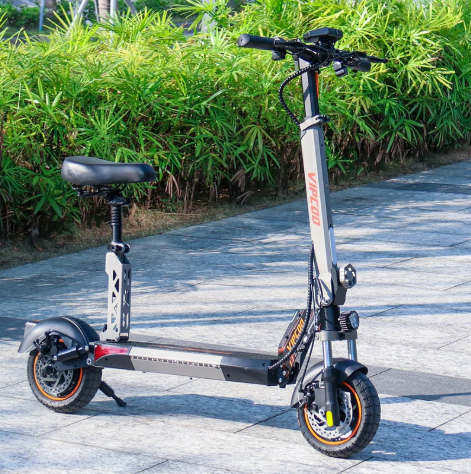

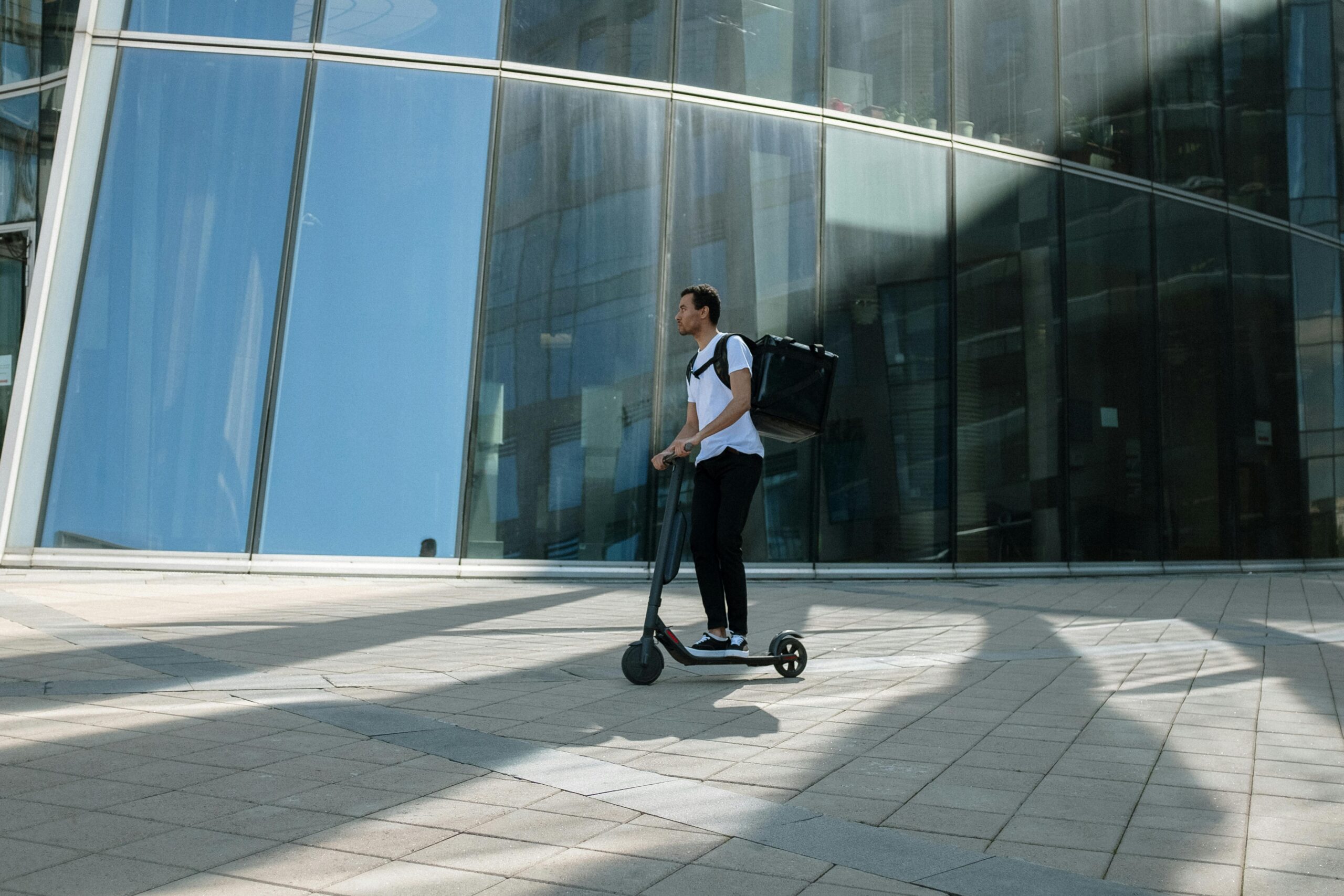
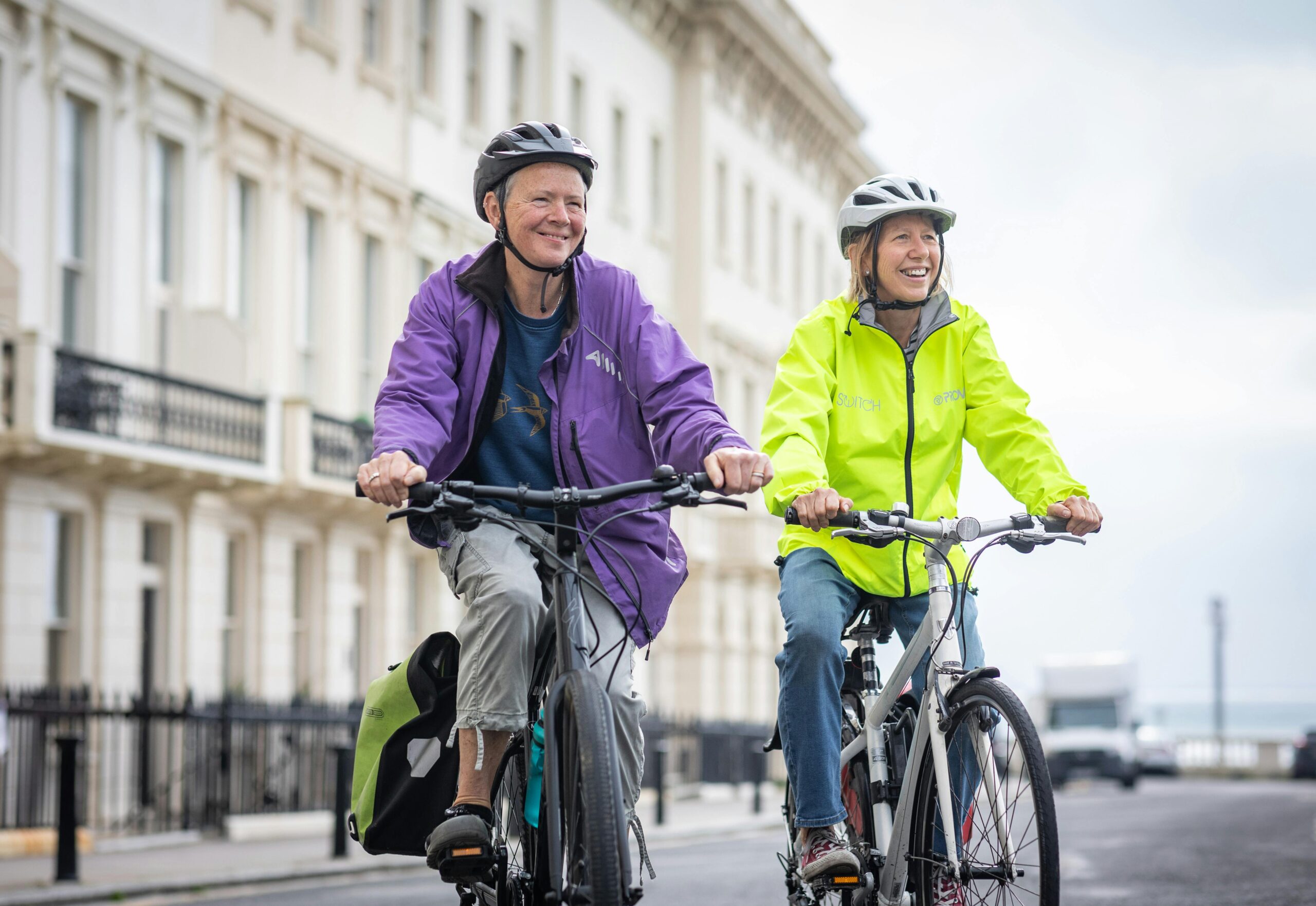
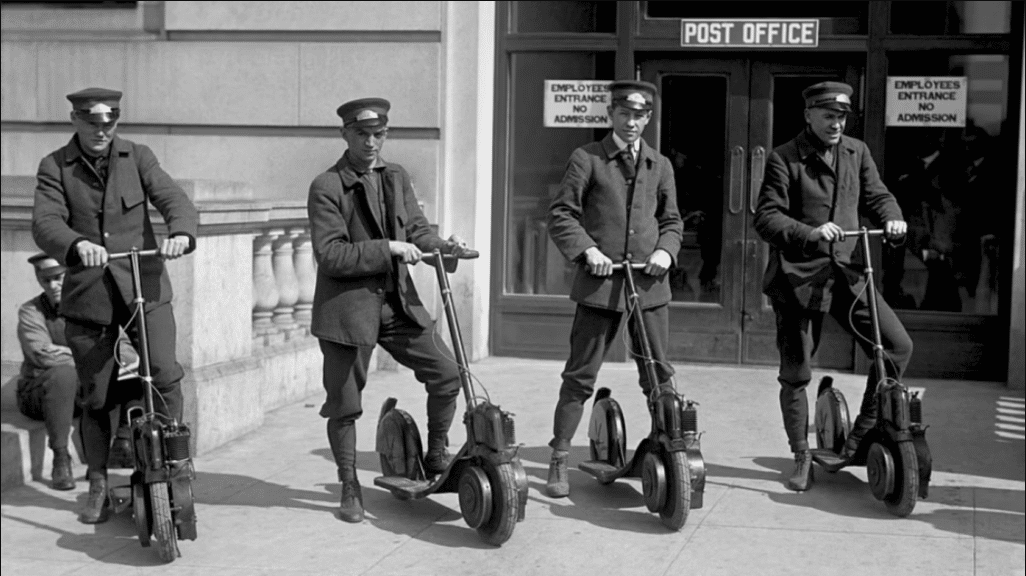
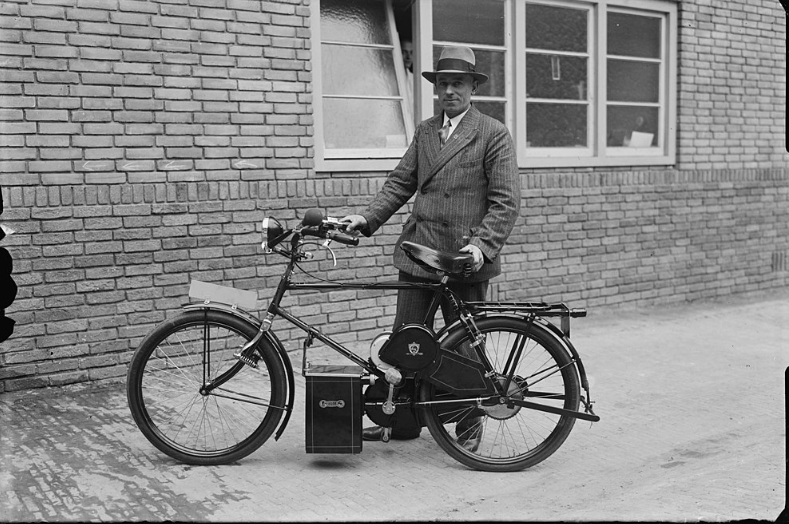
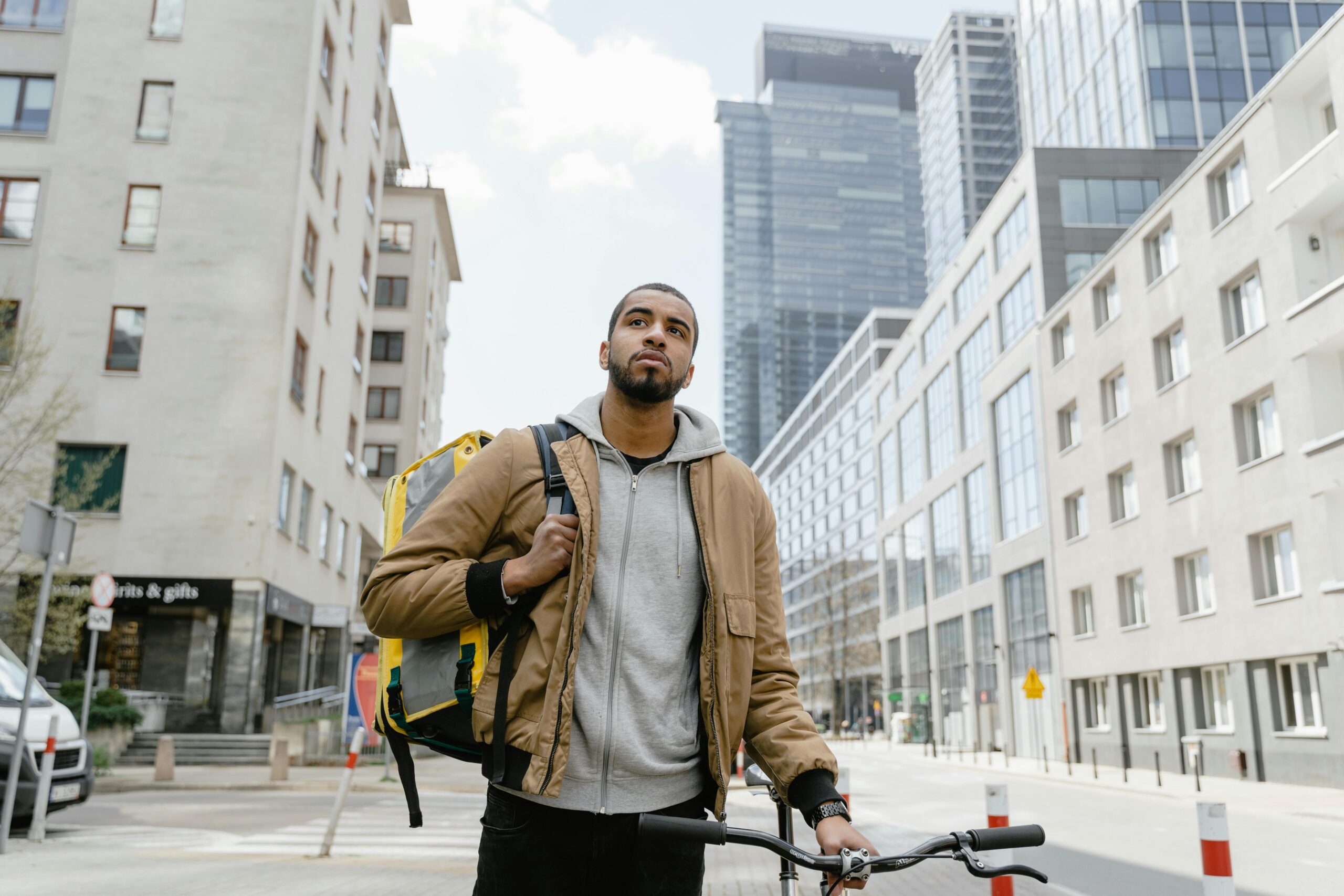
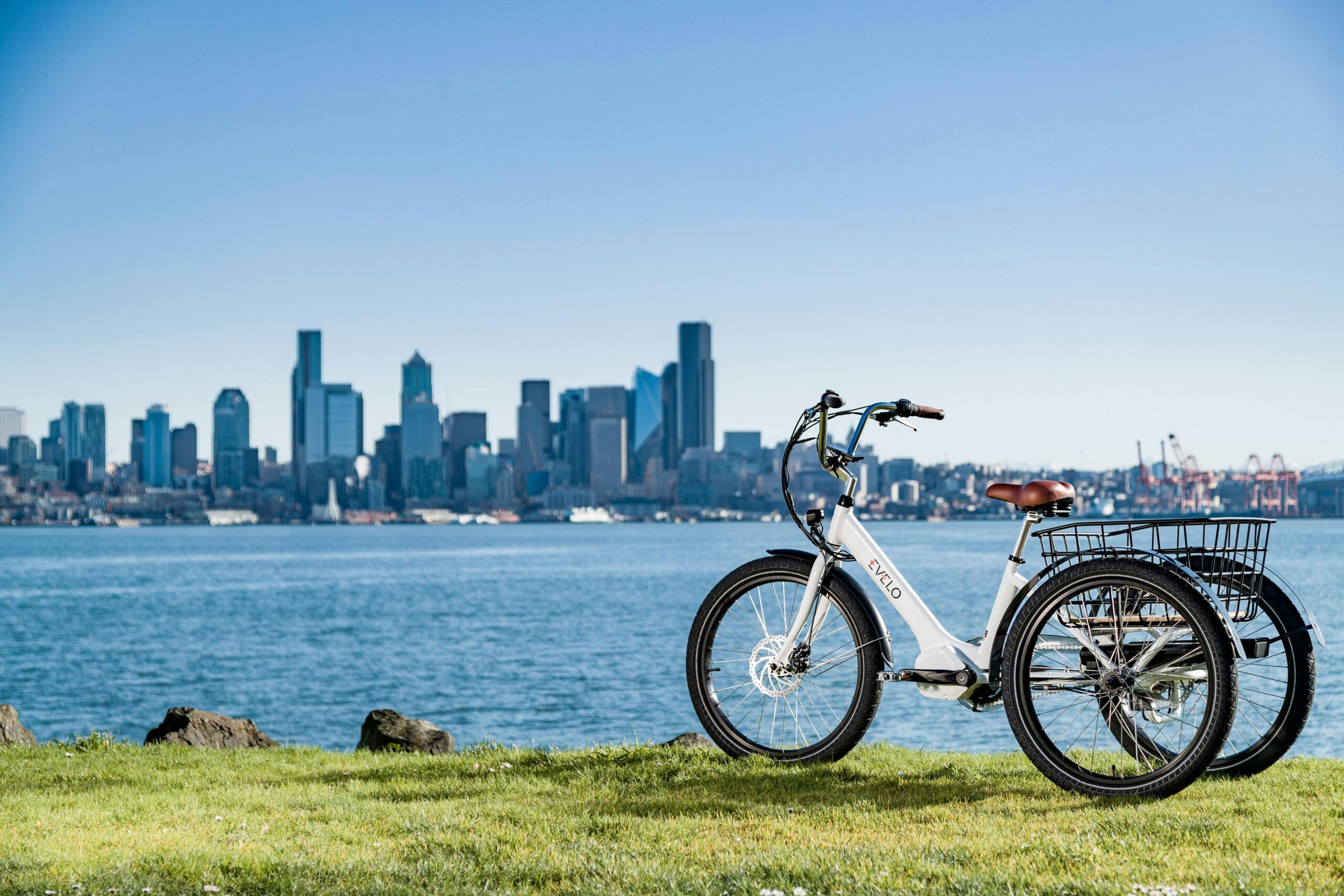

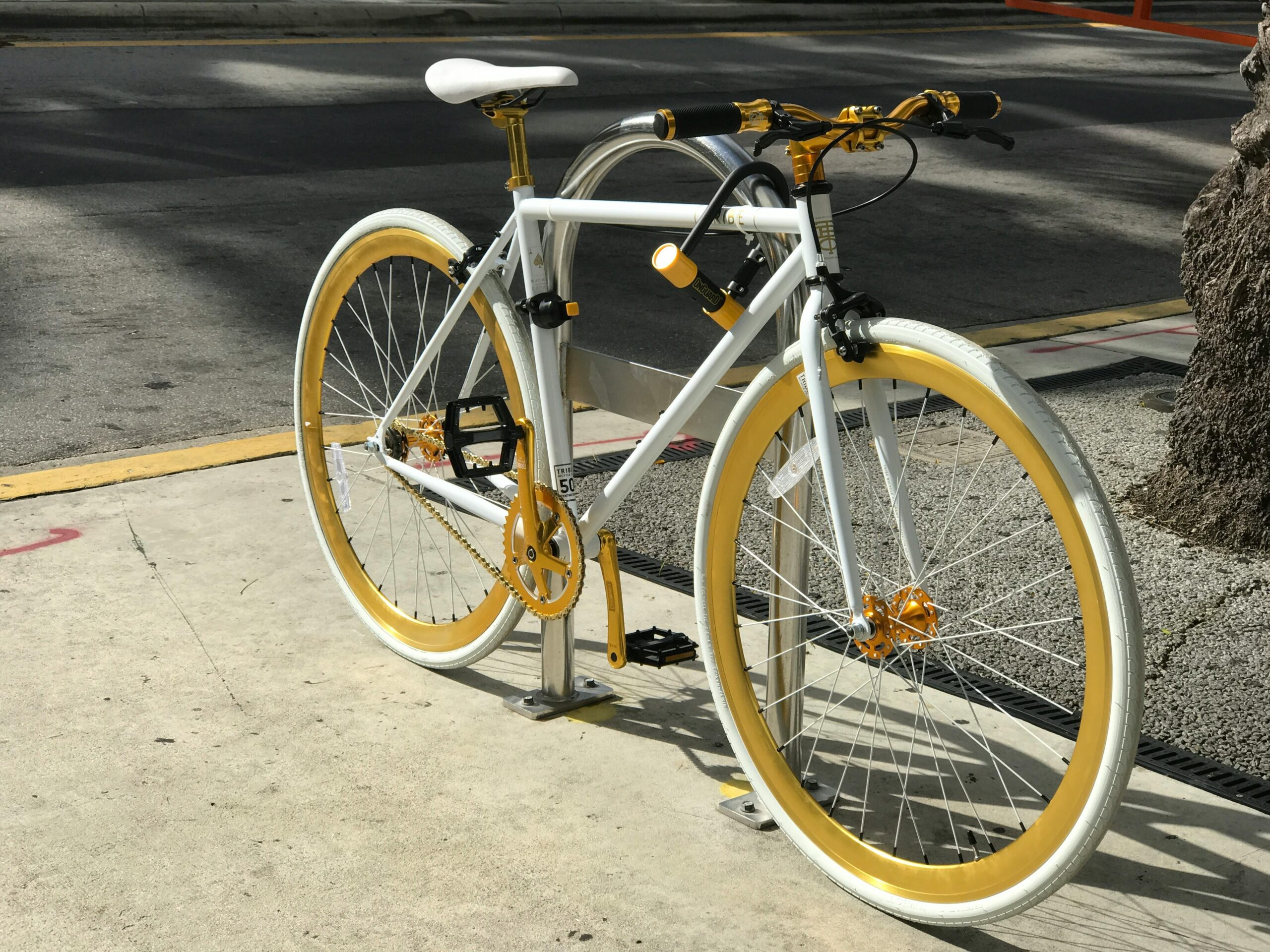
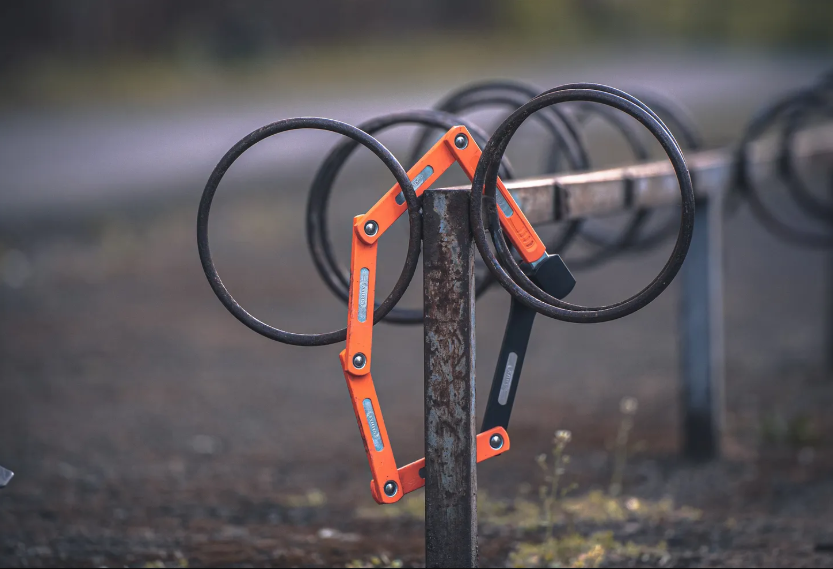
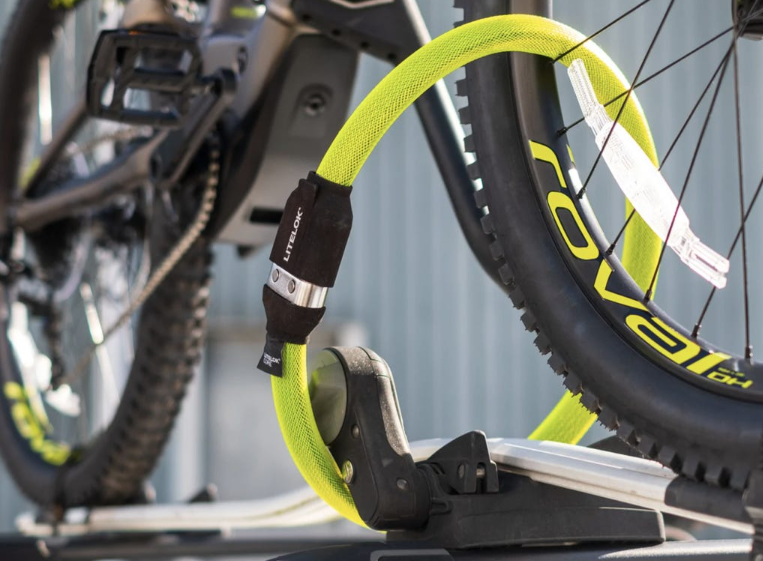

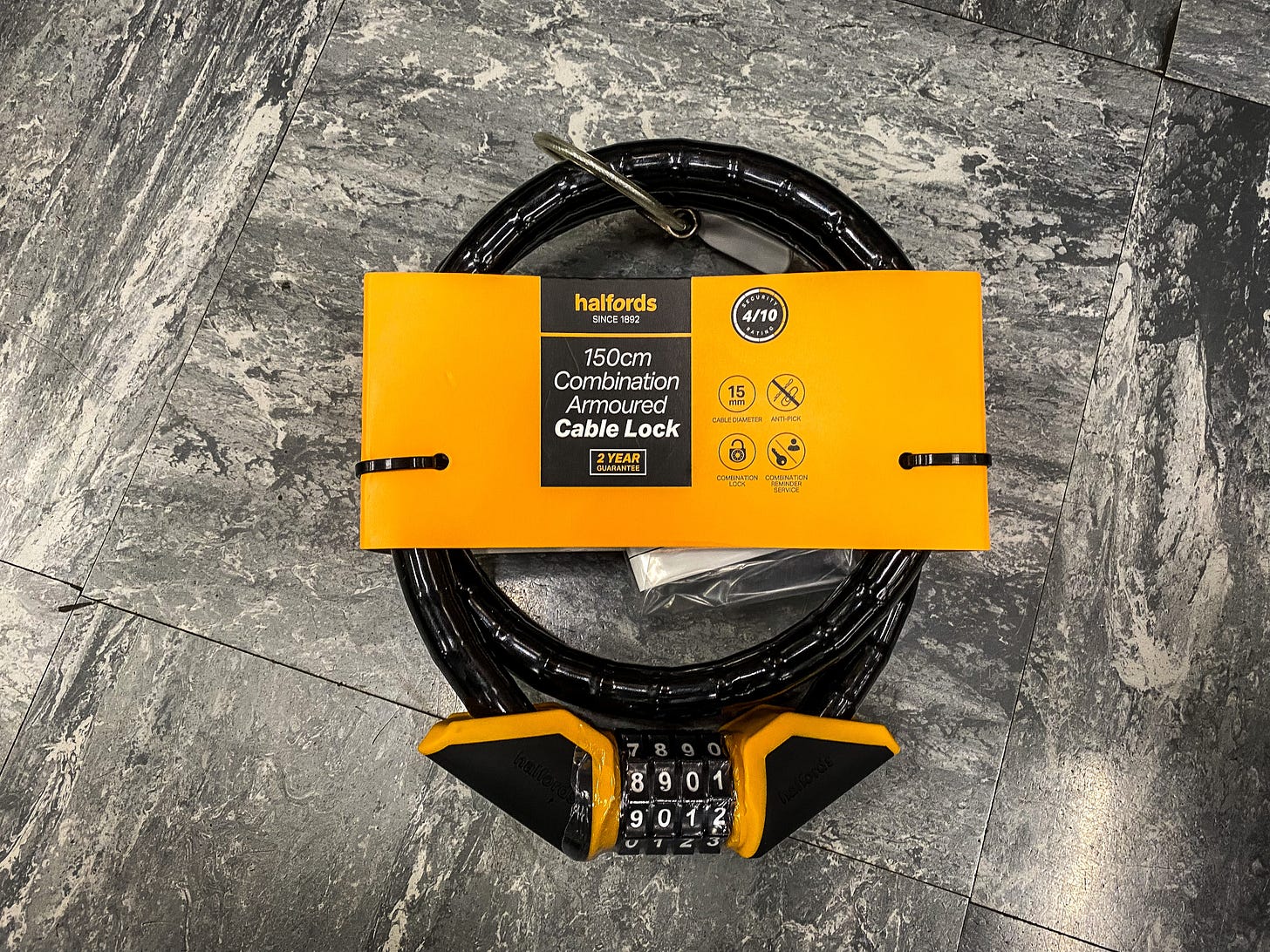

No comments yet